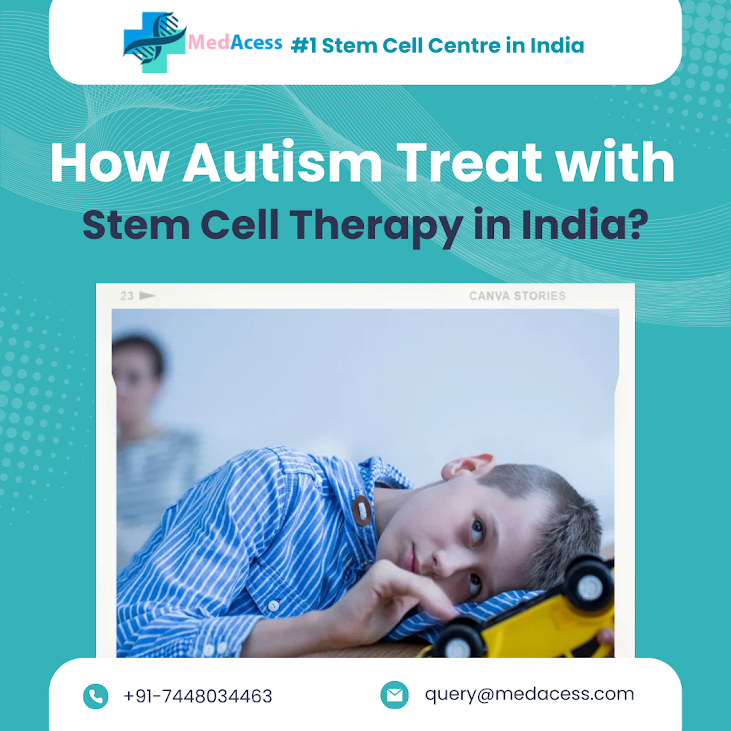Overview:
Stem cell therapy has emerged as a promising avenue for addressing optic nerve damage, a condition that can lead to significant vision loss due to various factors such as trauma, glaucoma, or optic neuritis. This innovative treatment approach involves the use of stem cells, which possess the unique ability to differentiate into various cell types and promote regeneration of damaged tissues.
In the context of optic nerve damage, stem cells can potentially restore function by replacing lost or dysfunctional retinal ganglion cells, which are crucial for transmitting visual information from the eye to the brain. Stem Cell Therapy in India for Optic Nerve Damage.
Success rate of Stem cell therapy for Optic Nerve Damage
Research indicates that this innovative treatment approach has shown promising results in restoring vision and improving overall eye health for patients suffering from various forms of optic nerve injury, including traumatic damage and conditions such as glaucoma.
The success rate of Stem Cell Therapy in India for Optic Nerve Damage can vary
widely depending on several factors, including the type and severity of the
optic nerve injury, the source of the stem cells used, and the timing of the
intervention. The success rate of these therapies has garnered significant attention in recent years, as advancements in
regenerative medicine continue to evolve.
Advantages of
stem cell therapy in India
International patients seeking stem cell therapy for optic nerve damage in India can experience a multitude of advantages that enhance their overall treatment journey. One of the primary benefits is the access to advanced medical technology and innovative treatment protocols that may not be readily available in their home countries.
India has emerged as a hub for medical tourism, offering state-of-the-art facilities and highly skilled professionals specializing in regenerative medicine. Additionally, the cost of Stem Cell Therapy in India for Optic Nerve Damage is often significantly lower than in Western nations, making it a financially viable option for many patients.
The
country also boasts a rich cultural heritage and a welcoming environment, which
can provide emotional comfort and support during the recovery process.
Furthermore, patients can benefit from personalized care plans tailored to their
specific needs, ensuring a comprehensive approach to their stem cell therapy
for optic nerve damage in India.
Transformative Results After Stem cell therapy for Eye
A patient from the United Kingdom stem cell therapy for optic nerve damage success stories has come forward to share his remarkable experiences with stem cell therapy aimed at treating optic nerve damage, specifically highlighting the advancements and stem cell therapy for optic nerve damage patient success stories associated with such treatments in India. This individual underwent a series of innovative procedures that utilized stem cells to regenerate and repair damaged optic nerve tissues, which had previously resulted in significant vision impairment.
His journey not only underscores the potential of stem cell therapy as a viable
option for those suffering from similar conditions but also emphasizes the
growing reputation of India as a hub for cutting-edge medical treatments. His Stem Cell Therapy in India for Optic Nerve Damage success stories serves as an inspiring
testament to the possibilities that stem cell therapy holds for restoring
vision and enhancing the lives of individuals affected by optic nerve damage.
What support can
you receive from the MedAcess?
MedAcess is a distinguished stem cell center located in India, acknowledged as one of the leading and cheapest stem cell therapy center in the world. It provides services to patients from across the globe, assisting them in obtaining high-quality medical care in India.
The center is dedicated to delivering exceptional, transparent, and cost-effective services of the utmost quality to patients in search of a trustworthy and experienced travel partner. MedAcess Stem Cell Center India takes extra care in managing even the minutest details, such as visa processing, lodging, and crucial logistical assistance, guaranteeing a smooth experience for their patients.





